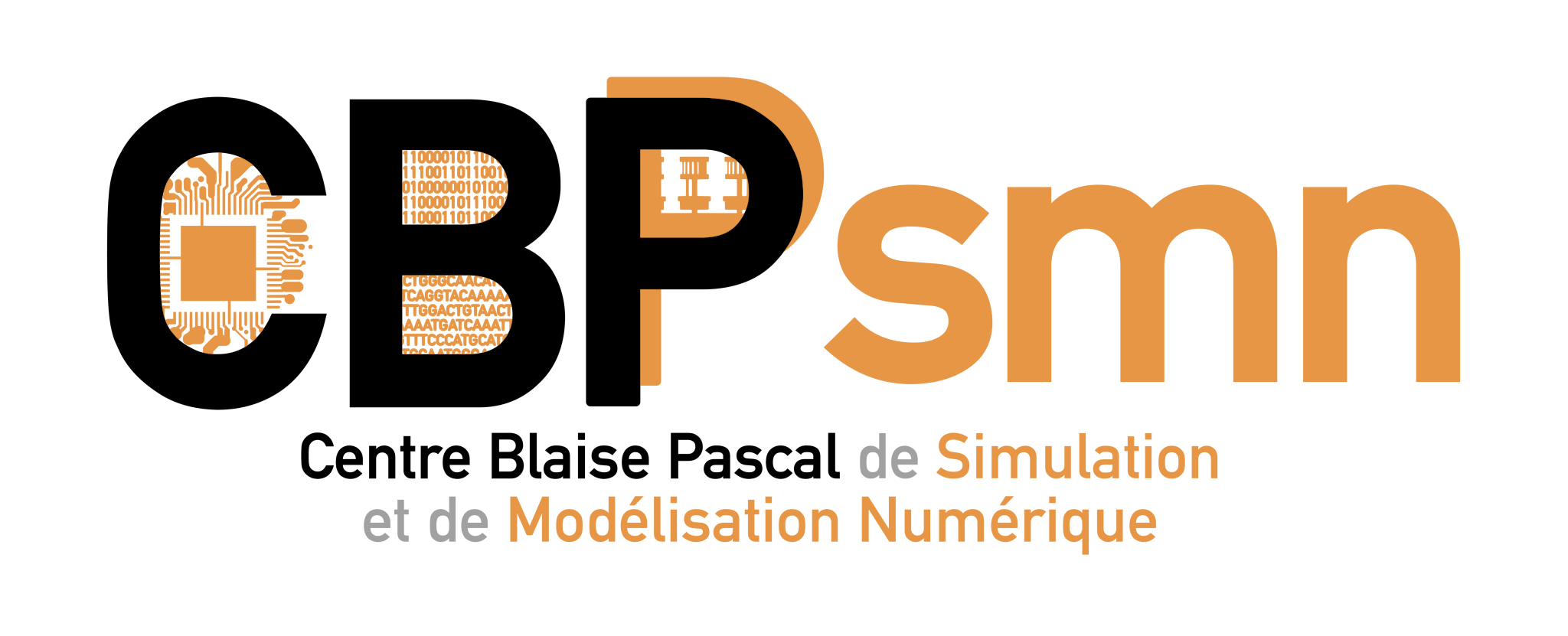Différences
Ci-dessous, les différences entre deux révisions de la page.
| Les deux révisions précédentes Révision précédente Prochaine révision | Révision précédente Prochaine révision Les deux révisions suivantes | ||
|
animation:seminaires:2017:accueil [2017/02/27 15:17] sbarends [Computational photochemistry of complex molecular systems] |
animation:seminaires:2017:accueil [2017/03/10 10:10] cicaluga |
||
|---|---|---|---|
| Ligne 4: | Ligne 4: | ||
| ===== Computational photochemistry of complex molecular systems ===== | ===== Computational photochemistry of complex molecular systems ===== | ||
| - | {{:cbp_ens.jpeg?nolink&200 |}}**07 mars 2017 de 11h à 12h** \\ | + | {{:cbp_ens.jpeg?nolink&200 |}}**07 mars 2017 de 11h30 à 12h30** \\ |
| COLLOQUIUM Centre Blaise Pascal-Laboratoire de Chimie \\ | COLLOQUIUM Centre Blaise Pascal-Laboratoire de Chimie \\ | ||
| Grande salle du CBP (LR6 C 023), ENS Lyon, France \\ | Grande salle du CBP (LR6 C 023), ENS Lyon, France \\ | ||
| Ligne 15: | Ligne 15: | ||
| * Ivan Rivalta (Laboratoire de Chimie, ENS de Lyon) \\ | * Ivan Rivalta (Laboratoire de Chimie, ENS de Lyon) \\ | ||
| * Cerasela Calugaru (Centre Blaise Pascal, ENS de Lyon, France) \\ | * Cerasela Calugaru (Centre Blaise Pascal, ENS de Lyon, France) \\ | ||
| - | ** | + | |
| - | Abstract :** \\ | + | **(25 participants)** |
| + | |||
| + | **Abstract :** \\ | ||
| In the past three decades or so, computational photochemistry has gained considerable credit as a tool to investigate photochemical reaction mechanisms in organic, inorganic and even biological chromophores.[1] This reputation has been gained thanks to the concomitant growth of computational power and theoretical developments in the field of quantum chemistry. These advances allow peering beyond the traditional interpretations of photochemistry focused on vertical excitations at the Franck–Condon geometry. The exploration of other regions of the complex multidimensional potential energy surfaces is becoming routine in small- and medium-sized molecular systems, and the synergy between accurate and global static calculations and either quantum or semiclassical nonadiabatic molecular dynamics simulations has allowed major breakthroughs in the understanding of photochemical and photophysical processes. | In the past three decades or so, computational photochemistry has gained considerable credit as a tool to investigate photochemical reaction mechanisms in organic, inorganic and even biological chromophores.[1] This reputation has been gained thanks to the concomitant growth of computational power and theoretical developments in the field of quantum chemistry. These advances allow peering beyond the traditional interpretations of photochemistry focused on vertical excitations at the Franck–Condon geometry. The exploration of other regions of the complex multidimensional potential energy surfaces is becoming routine in small- and medium-sized molecular systems, and the synergy between accurate and global static calculations and either quantum or semiclassical nonadiabatic molecular dynamics simulations has allowed major breakthroughs in the understanding of photochemical and photophysical processes. | ||
| In this seminar, I will present some results of computational studies performed in our group on photochromic organic and inorganic compounds. In particular, dihydropyrenes (DHPs) derivatives, ruthenium sulfoxyde and nitrosyl complexes, for which complex photoswitching mechanisms have been invoked,[2–5] have focused our attention in recent years. In addition to their photochromic properties, DHPs and ruthenium nitrosyl complexes present a rich photochemistry. DHPs can photosensitize molecular oxygen and thermally release singlet oxygen,[6] while ruthenium nitrosyl complexes can photorelease nitric oxide.[7] I will show how advanced computational photochemistry can help to rationalize the photochemical behavior of such compounds.[8–13] | In this seminar, I will present some results of computational studies performed in our group on photochromic organic and inorganic compounds. In particular, dihydropyrenes (DHPs) derivatives, ruthenium sulfoxyde and nitrosyl complexes, for which complex photoswitching mechanisms have been invoked,[2–5] have focused our attention in recent years. In addition to their photochromic properties, DHPs and ruthenium nitrosyl complexes present a rich photochemistry. DHPs can photosensitize molecular oxygen and thermally release singlet oxygen,[6] while ruthenium nitrosyl complexes can photorelease nitric oxide.[7] I will show how advanced computational photochemistry can help to rationalize the photochemical behavior of such compounds.[8–13] | ||
